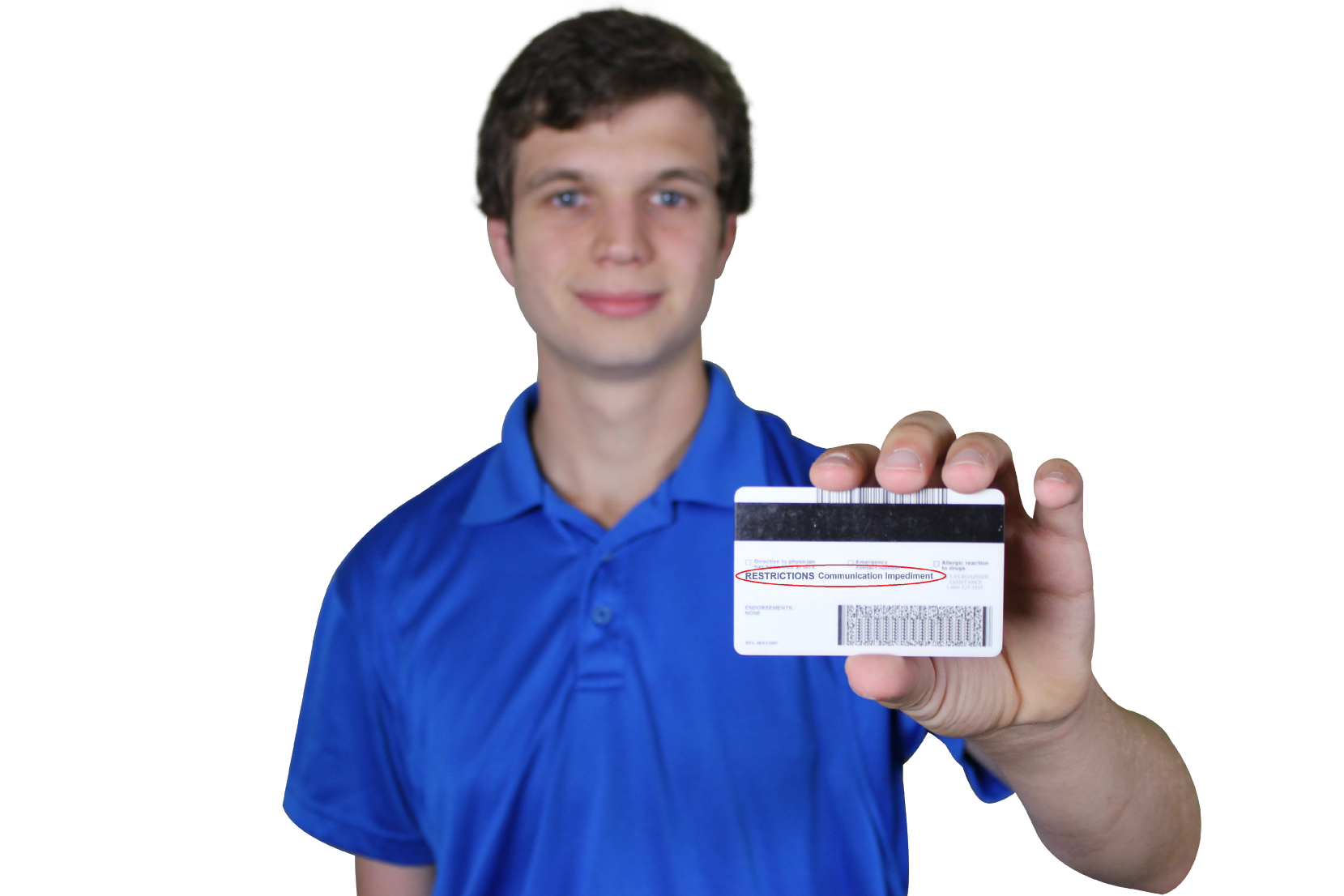New Drivers License Restriction Code for Autism? It’s in the works!
Whether to drive with High Functioning Autism or Aspergers Syndrome is as individual a question as is the person. For many there is no interest in obtaining a drivers license as public transportation more than serves the purpose. For others, the heightened sensory issues and accompanying ADD make driving an almost dangerous venture. However, for those truly wanting the independence that driving can bring but fear the strong potential for communication mis-understanding with a law enforcement officer….we may have some good news that’s on the horizon!
 In the United States, the Department of Motor Vehicles or Department of Transportation policies varies from state to state. Though many countries/states have various polices in place concerning driving with an impairment or disability, it’s not enough….we need more.
In the United States, the Department of Motor Vehicles or Department of Transportation policies varies from state to state. Though many countries/states have various polices in place concerning driving with an impairment or disability, it’s not enough….we need more.
My son Sam (age 20) and I reside in the State of Texas and presented a plan that would notify law enforcement, through a drivers license restriction, of autism in an individual. A newly assigned restriction code would alert an officer of the law that this person has Autism and is wired differently: most likely not understanding sarcasm, social cues nor respond well to threats or loud sounds. The restriction “Communication Impediment with a Peace Officer” is available through Texas DPS.
As it stands today, if you live in the State of Texas (hopefully other states will soon follow suit) here are the steps you need to take to get this protective/restriction code on your drivers license.
Adding Communication Impediment to y
our driver license is simple:
1) Have your physician complete and sign
a Physician’s Statement Form (DL101) affirming the autism diagnosis.
2) Visit your local driver license office for
a driver license application (DL14A/S). Be sure and complete Line 7 (or like the Texas Veterans Commission, you could extract the line from the form for emphasis)
For all Texas Driver License forms go to www.dps.texas.gov/DriverLicense
A graduate of Abilene Christian University, Jennifer had a long career in TV Broadcasting. Upon learning her oldest son Sam had a form of Autism called Asperger’s Syndrome, she left her career and became a full-time mother to both of her sons. Jennifer elicited the participation of her family and together they produced several independent programs including a children’s animated series titled Ameriquest Kids, as well as a documentary and book titled, Coping to Excelling: Solutions for School-age Children Diagnosed with High-Functioning Autism or Aspergers Syndrome. She formed the nonprofit Asperger101 to provide on-going free resources related to ASD at Aspergers101.com and has implemented the Texas Driving with Disability Program and continues to grow the statewide initiative today. She and her husband have recently retired to their property in the Texas Hill Country.

